ISO 27701 Lead Auditor Training Course Outline
Module 1: Introduction to ISO 27701
- Introduction
- Scope
- Normative References
- Terms, Definitions, and Abbreviations
Module 2: General
- Structure of this Document
- Application of ISO/IEC 27001:2013 Requirements
- Application of ISO/IEC 27002:2013 Guidelines
- Customer
Module 3: Information Management
- What is Information Management?
- Importance of Information Management
- Areas of Information Management
- Challenges Involved in Information Management
Module 4: PIMS-Specific Requirements Related to ISO/IEC 27001
- General
- Context of the Organization
- Leadership
- Planning
- Support
- Operation
- Performance Evaluation
- Improvement
Module 5: PIMS-Specific Guidance Related to ISO/IEC 27002
- General
- Information Security Policies
- Organization of Information Security
- Human Resource Security
- Asset Management
- Access Control
- Cryptography
- Physical and Environmental Security
- Operations Security
- Communications Security
- Systems Acquisition, Development, and Maintenance
- Supplier Relationships
- Information Security Incident Management
- Information Security Aspects of Business Continuity Management
- Compliance
Module 6: Personally, Identifiable Information (PII)
- What is Personally Identifiable Information (PII)?
- Compliance Environment
- PII Security Controls
- Sensitive Vs Non-Sensitive PII
- Safeguarding PII
- PII Vs Personal Data
Module 7: Introduction to Internal Auditing
- What is Internal Audit?
- Who is an Internal Auditor?
- Types of Internal Audit
- Internal Audit Functions
- Internal Vs External Audit
Module 8: Information System Audit
- Need for Information System Audit
- Information System Auditing Standards
- Auditing Guidelines
Module 9: Audit Preparation and Planning
- Audit Scope and Charter
- Audit Planning
- Risk-Based Approach
- Audit Staffing
- Audit Schedule
- Communication of Audit Plan
- Computer-Assisted Auditing Techniques
Module 10: Information Security Risk Assessment
- Introduction to Risk Management
- Why Perform an Information Security Risk Assessment?
- Principles of Risk Assessment
- Risk Assessment Process
- Quantitative Vs Qualitative Security Risk Assessment Methods
Module 11: Additional ISO/IEC 27002 Guidance for PII Controllers and Processors
- General
- Conditions for Collection and Processing
- Obligations to PII Principals
- Privacy by Design and Privacy by Default
- PII Sharing, Transfer, and Disclosure
Module 12: Implementation of Information Management System
- Steps for Successful Systems Implementation
- Considerations When Implementing an Information Management System
- Potential Pitfalls of New IT System Implementation
Module 13: Implementing ISO 27701
- Requirements of ISO 27701
- Why Implementing ISO 27701:2019 Matters?
- Managing Personal Information with ISO/IEC 27701
- Common Fallacies in Implementing ISO 27701
- Maintenance and Continuous Improvement
Module 14: Correlation Between ISO/IEC 27701, ISO/IEC 27001, and ISO/IEC 27002
- Relationship Between ISO/IEC 27701, ISO/IEC 27001, and ISO/IEC 27002
- How Does ISO 27701 Relate to ISO 27001?
- Implement Security Controls
- Be Compliant with the GDPR, ISO 27001, and ISO 27002
Module 15: PII Compliance
- What is PII Compliance?
- PII Data Classification
- PII Compliance Checklist
- Identify and Classify PII
- Create a PII Compliance Policy
- Implement Data Security Tools
- Practice IAM
- Monitor and Respond
Module 16: Logging and Monitoring
- Event Logging
- Event Types
- Log Protection
- Log Analysis
- Log Monitoring
- Clock Synchronization
- Control
- Implementation Guidance
- Other Information
Module 17: Lead Auditor
- Introduction to Lead Auditor
- Responsibilities of Lead Auditor
- Management Tools for ISO Auditors
- Protecting PII
Module 18: On-Site Audit Activities
- Opening Meeting
- Document Review
- Detailed Site Inspection
- Staff Interview
- Review Audit Evidence
- Closing Meeting
Module 19: Conducting an Audit
- Audit Methodology
- Pre-Audit Activities
- Information System Audit Process
- Documenting Observations and Findings
Module 20: Follow-Up Activities
- Usage of Audit Reports
- Reporting of Information System Audit Report
- Follow Up Audit Procedure








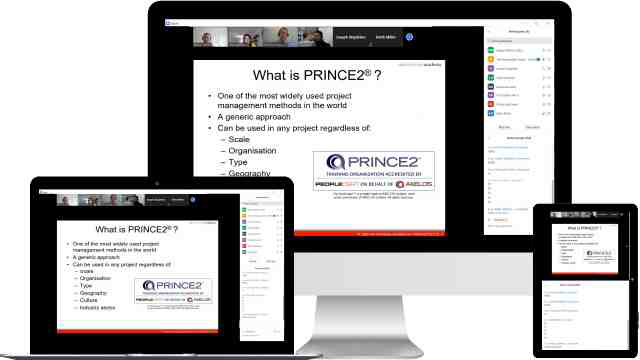
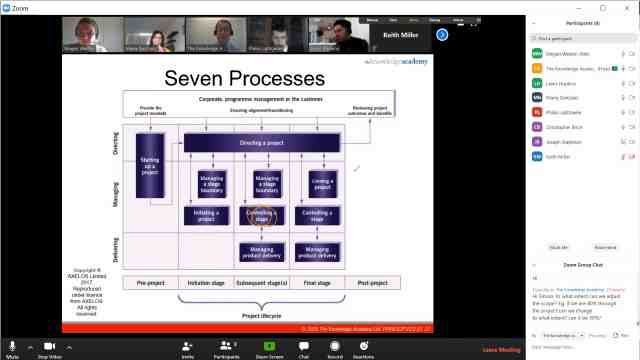
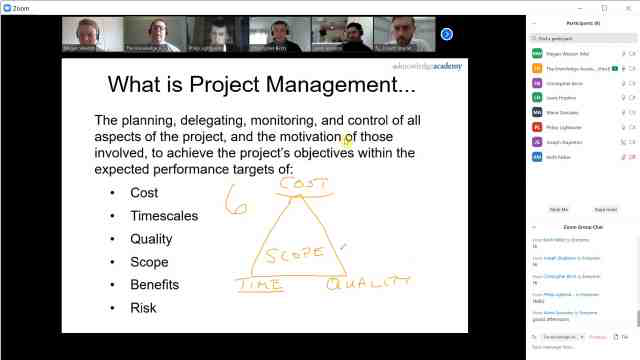
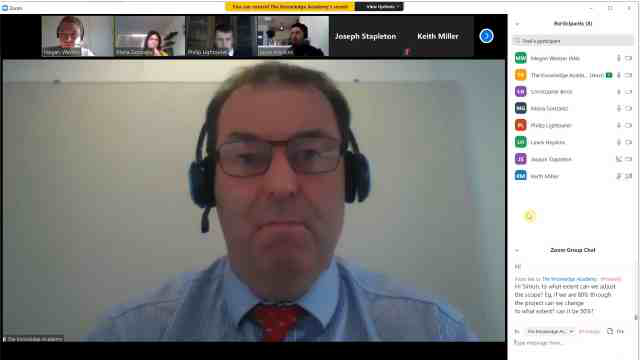
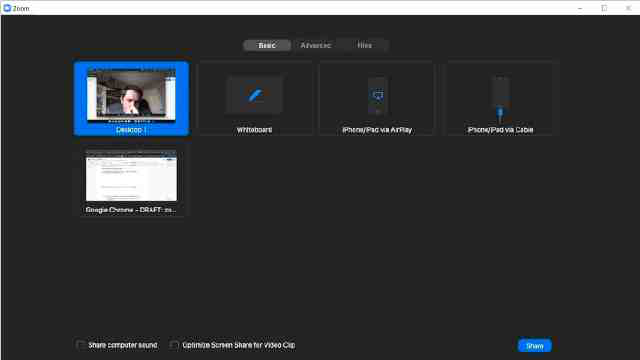
























 Back to course information
Back to course information




 If you wish to make any changes to your course, please
If you wish to make any changes to your course, please

